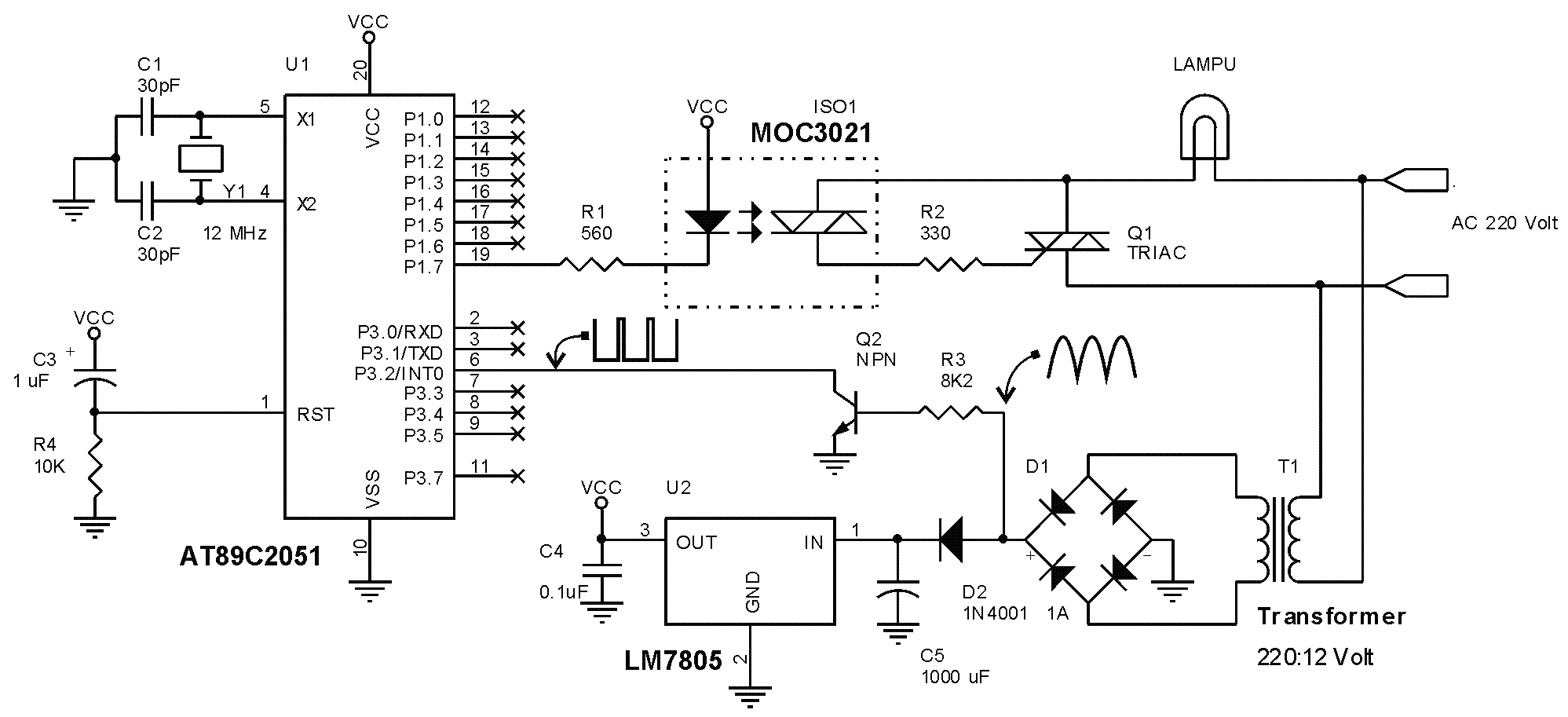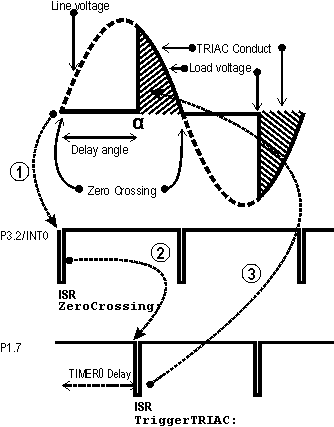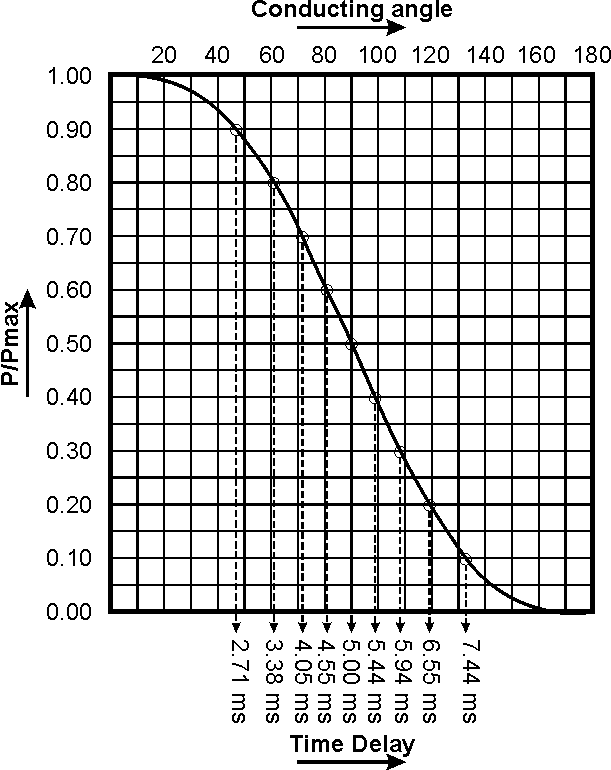vsmGuy
Advanced Member level 2
I want to control my overhead AC Induction Fans remotely.
That means I have to control the speed of the fans electronically.
As far as I have understood, the fans we have in our houses are Permanent split-capacitor motors.
The speed of these fans can be controlled using a TRIAC using a tuning circuit to change the firing angle.
We can also control the speed by changing the frequency of the input voltage to the fans.
What method would you recommend ? Specifically I am looking forward to a working implementatiion.
If possible, I would like to remove the capacitor (which produces an extra phase from the single phase input supply) and wire the three terminals of my fans directly to my interfacing circuit.
I am willing to use ATMEL 8051 or PIC Microcontrollers for the interfacing - I just need to know how to achieve speed control of these fans.
That means I have to control the speed of the fans electronically.
As far as I have understood, the fans we have in our houses are Permanent split-capacitor motors.
The speed of these fans can be controlled using a TRIAC using a tuning circuit to change the firing angle.
We can also control the speed by changing the frequency of the input voltage to the fans.
What method would you recommend ? Specifically I am looking forward to a working implementatiion.
If possible, I would like to remove the capacitor (which produces an extra phase from the single phase input supply) and wire the three terminals of my fans directly to my interfacing circuit.
I am willing to use ATMEL 8051 or PIC Microcontrollers for the interfacing - I just need to know how to achieve speed control of these fans.


